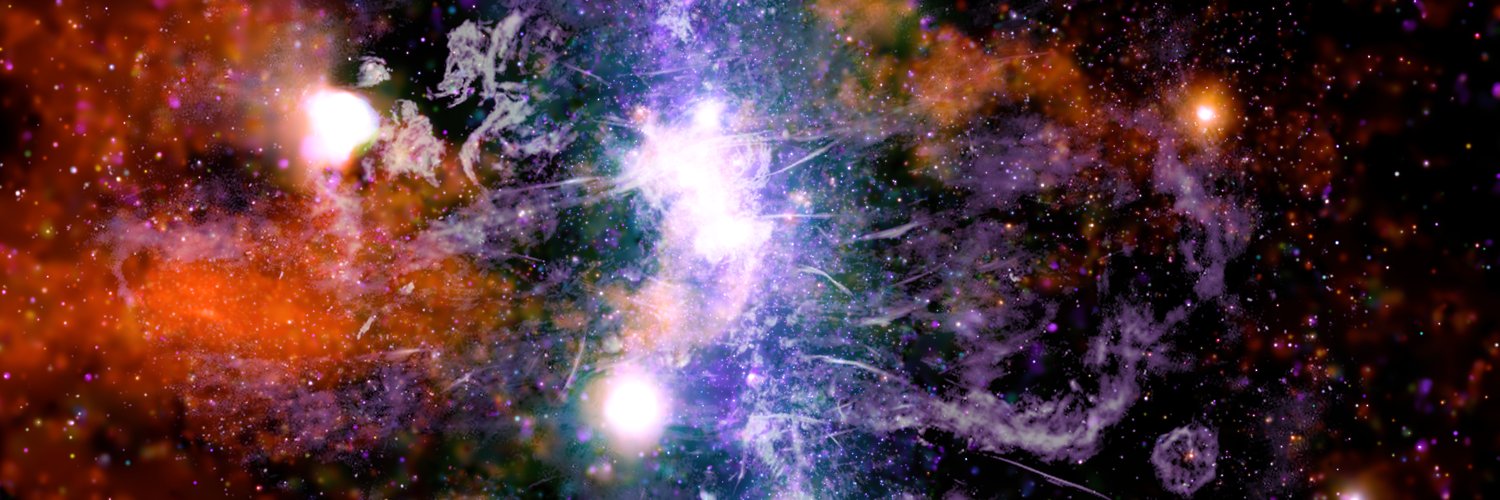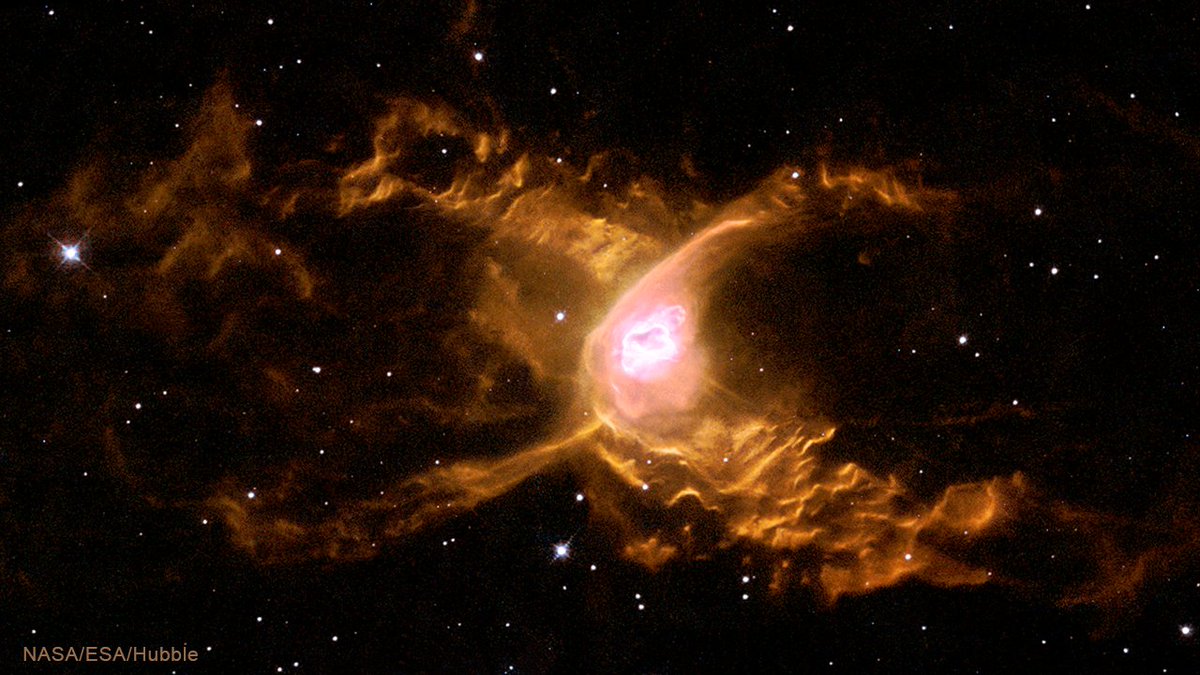
Chandra Observatory
@chandraxray
Official Twitter account of NASA’s Chandra X-ray Observatory. Operated for NASA by Smithsonian (SAO). Verification: http://nasa.gov/socialmedia Legal: http://s.si.edu/legal
What you're seeing is a 98-light-year-wide chunk of star factory. This new image of N79, a giant region of star formation located about 160,000 light-years from Earth, combines observations from NASA's Chandra X-ray Observatory and @NASAWebb .✨

The Bullet Cluster is iconic, having provided the first direct proof of dark matter with NASA's Chandra, Hubble, and ground-based telescopes back in 2006. This spectacular new image combines Chandra & Webb Telescope data — helping us learn more about dark matter than ever before.
Hello darkness my old friend… What you are (not) seeing, highlighted in blue, is dark matter. Webb was used to precisely map out the dark matter that is part of the makeup of two colliding galaxy clusters. go.nasa.gov/44ESHVT
NASA's Chandra and Hubble have teamed up to identify a rare type of black hole eating a star. When it comes to black holes, Chandra & @NASAHubble are like peanut butter and jelly — even better when they're together! More at: s.si.edu/ngc6099 ⚫

A star is bombarding a baby planet with X-rays, shrinking it from the size of Jupiter to a small, barren world, according to a new Chandra study. Scientists estimate the planet is losing a mass equivalent to a full Earth's atmosphere about every 200 years. s.si.edu/baby

To infinity and beyond! Scientists using NASA's Chandra & Webb have discovered an oddly-shaped galaxy resembling the infinity symbol ♾️ that may contain the first newborn supermassive black hole ever spotted. The buzz: s.si.edu/infinity

This new image shows the Andromeda Galaxy in 5 different types of light — X-ray, UV, optical, infrared, and radio. Andromeda, also known as Messier 31 (M31), is the closest spiral galaxy to the Milky Way at a distance of about 2.5 million light-years. s.si.edu/andromeda25

Today Chandra is studying a not so itsy bitsy spider that's making big waves. Located about 3,000 light-years from Earth, the Red Spider Nebula is home to one of the hottest stars known. The star produces powerful stellar winds, generating waves about 100 billion kilometers high.

Is it bad luck if a black hole crosses your path? #FridayThe13th It depends on how close you get! Maybe you’ll safely fly by, like in this simulation …
#TBT to the June 1, 1990, launch of ROSAT (Roentgen Satellite), an X-ray telescope developed jointly by Germany, the United Kingdom, and @NASA. The telescope retired in 1999, but astronomers still use ROSAT’s data, like in this recently-released image of the Cygnus Loop.
A record-breaking structure, spanning nearly 20 million light-years, has been discovered in a galaxy cluster. It could help us understand how magnetic fields shape the Universe on the largest scales — one of the major unanswered questions in astrophysics: s.si.edu/g287

A black hole has blasted out a surprisingly powerful jet in the distant universe, according to a new study from NASA's Chandra. This jet exists early enough in the cosmos that it is being illuminated by the leftover glow from the big bang itself. More: s.si.edu/j1610

New observations have captured a rare cosmic event: two galaxy clusters have collided and are now heading back for another swipe at each other. About 2.8 billion light-years from Earth, the clusters are currently separated by about 11 million light-years. s.si.edu/g181


Today Chandra is studying the magnetar in the center of supernova remnant RCW 103. A magnetar is a type of neutron star that's highly magnetized. If this thing was located about half the distance to the moon, it would wipe out the data on every credit card strip on the planet!🤯

This month’s #NASAScience image features Cassiopeia A, one of the most studied supernova remnants. Using data from @chandraxray and @NASAWebb, researchers have uncovered previously unseen structures within the stellar debris, offering new insights into the complex aftermath of a…
Twinkle, twinkle, little star, how I wonder what you are! Scientists have discovered a star behaving like no other seen before, giving us fresh clues about the origin of a new class of mysterious objects. More at: s.si.edu/lprt ⭐

NGC 6872 is one of the largest spiral galaxies in the known universe. At over 520,000 light-years across, it's more than five times the size of our Milky Way galaxy. This incredible image combines X-ray light from Chandra with optical light from @NASAHubble. 🌀

Today Chandra is studying NGC 1097, a beautiful barred spiral galaxy located about 48 million light-years from Earth. Young clusters of blue stars sparkle in the galaxy's arms, while the galaxy's core harbors a monster black hole roughly 140 million times the mass of our Sun.
